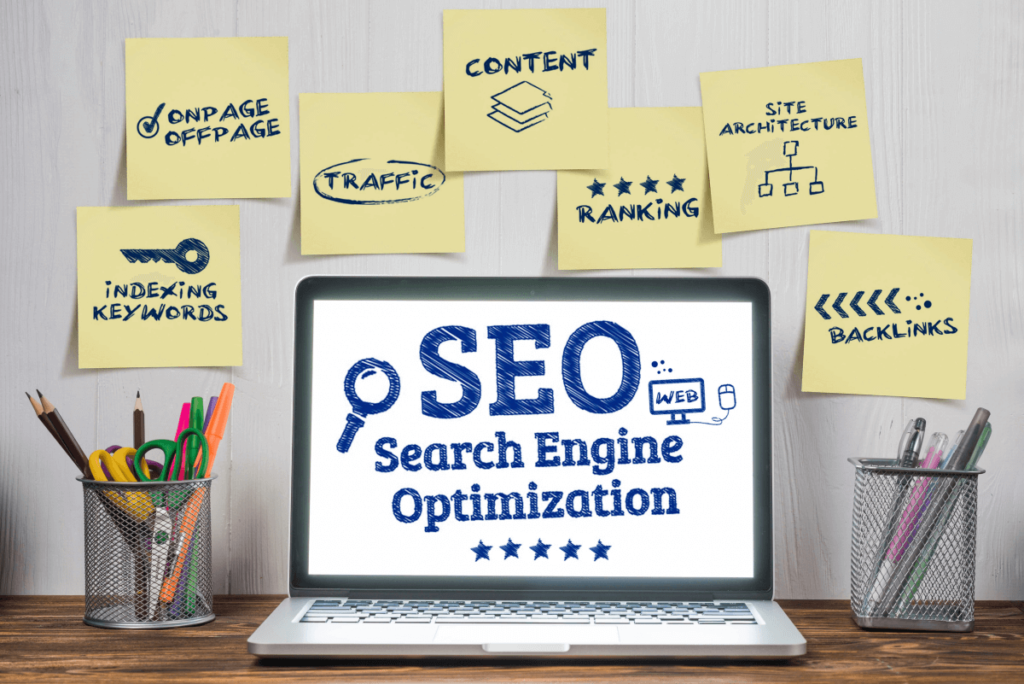
SEO is not only about optimizing your page for Google to understand what it is about, but also about ranking on top of the search engine. And when it comes to on-page SEO, there is no excuse for not optimizing it and focusing on it. On-page SEO has the power to bring countless new visitors and customers to your website, so you should focus on optimizing it. How your On-page SEO function is completely up to you; you will have to establish the topic and goals of each page, decide the target audience of the page, and choose the targetted keywords and phrases that you want to focus on. And this On-Page SEO Guideline will help you optimize it.
Let’s first understand what onn-page SEO is- On-page SEO, also known as on-site SEO, is the practice of optimizing individual webpage content for search engines and users. Some of the common on-page SEO practices include optimizing title tags, content, internal links, and URLs. On-page SEO is not only about strategically placing keywords on your webpage, and it is completely different from off-page SEO.
Why Is On-Page SEO Important?- On-page SEO is important because it tells Google about your website and how you provide value to visitors and customers. It helps optimize your page for both humans and search engine bots. The tweaks and changes that you make in your website for optimization can be seen by visitors to your page. It is a critical step to perform your on-page SEO optimization correctly.
Follow these on-page SEO guidelines:
Optimize for Search Intent- The first guide or tip is to optimize for search intent and to do this, you need to publish content that the readers will find relevant and informative. And to find out what the users are searching for when they visit your website, doesn’t require rocket science. You can check what currently ranks for your target keywords in Google, then you can create search intent content.
Make Sure that Your Page Loads Fast- The one thing that determines whether a visitor stays on your webpage or not is how fast your web page loads. If your pages take a lot of time to load, you will experience a large number of bounce rates. Slow loading pages are annoying, and nobody has the patience to wait for a page to load, and it is also extremely bad for the user experience. People will be quick to hit the back button on a page that takes too long to load, so focus on optimizing the site speed.
Use Descriptive Alt Tags for Images- You need to make sure that the alt tags describe the image, as this text will show on the screen if your image fails to load or your visitor is using a screen-reader. Make sure that you describe your image as accurately as possible, both in the alt text and the image file name. The take away here is to use descriptive alt tags and file names for all the images.
Make Use of Schema Markup To Increase CTR- Schema markup can help search engines better understand what your page is all about. An example of using Schema markup is when you see Google search results with five-star ratings, reviews, or images. However, it does not mean that you should add schema markup on every single one of your webpages. You can add it to pages that will benefit from it the most.
On-page SEO is more than just placing keywords into meta-tags; there is more to it. It is about fulfilling the search intent and giving the searchers and users what they want, which is the most important step. It does involve including keywords in meta-tags; however, it is not a necessity. This On-page SEO Guideline will help you optimize your web page better.

